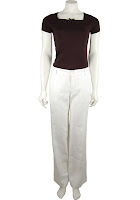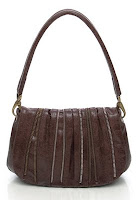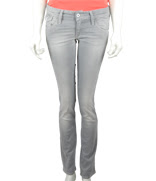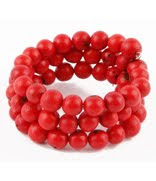How many times have you arrived home after a holiday and realised that half of what you lugged around in your suitcase never got worn? To avoid over packing or arriving at your destination and finding nothing you’ve packed goes together requires some self regulation. Here’s Equa’s guide to making your holiday wardrobe work for you:
To start, identify key pieces that can be worn different ways for multiple occasions and build your holiday wardrobe around them. For example a dress that works as a beach cover up could, with a fabulous pair of earrings and a change of shoes, see you to the bar in the evening. Select lightweight accessories such as scarves, belts and jewellery will help you to give your key items different looks.
Next concentrate on separates you can mix and match to create multiple outfits. Lay your packing out and make sure that every pair of bottoms goes with a top from at least two other outfits. This will ensure you have variety without adding extra weight to your bag. Tip: It helps if you choose colours that complement each other.
Choose pieces that are comfortable as well as stylish. A jersey dress will come out of your suitcase looking fresh. Who wants to do ironing whilst they are on holiday!
This organic cotton jersey Hanni Dress by Jackpot is a gorgeous colour that will look fantastic when your skin has a summer glow.
Make sure you have a pair of comfortable flats. There is nothing worse than a day out in shoes that pinch or rub. And break them in before you go away!
The Sole Pumps by Beyond Skin have flexible soles made from natural latex and soft padded insoles for extra comfort. If you will be baring skin prepare before you go with Whish Sugar Scrub. It’s free from chemical nasties such as parabens and sulphates. Organic brown sugar rasberry seed and bamboo powder exfoliate dull skin. Organic shea butter and organic aloe moisturise, organic avocado oil and vitamin E will renew your skin. Plus it smells good enough to eat!
Pack your cosmetic goodies in a Saffron Winds Wash Bag. They are made from recycled food sacks by fair trade organisations in Cambodia.
Happy Holidays!






















.jpg)








